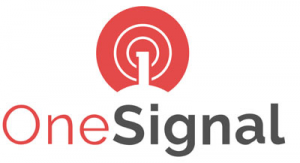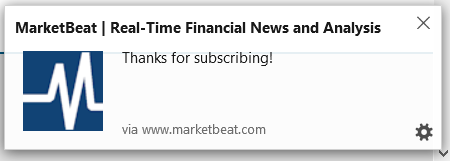You probably regularly receive notifications on your smartphone for things like calendar items, Facebook posts and emails, but did you know that a similar technology exists for desktop web browsers?
 Web push notifications are a relatively new technology that allows a website owner to send notifications to people that subscribe to notifications on their website. The technology has been around since 2013, but hasn’t been widely adopted by marketers because the tools and technology surrounding web push notifications have been very cumbersome until recently. Now, OneSignal and other services are making web push notifications much more accessible to marketers and individual website owners. With an SSL certificate (https website) and a few lines of code, any website owner can use OneSignal to set up web push notifications on their website.
Web push notifications are a relatively new technology that allows a website owner to send notifications to people that subscribe to notifications on their website. The technology has been around since 2013, but hasn’t been widely adopted by marketers because the tools and technology surrounding web push notifications have been very cumbersome until recently. Now, OneSignal and other services are making web push notifications much more accessible to marketers and individual website owners. With an SSL certificate (https website) and a few lines of code, any website owner can use OneSignal to set up web push notifications on their website.

Why Web Push Notifications are Powerful Marketing Tools
It doesn’t take a genius marketer to figure out that web push notifications are a very powerful marketing tool. On my websites, I’m seeing about a 2% opt-in rate to receive push notifications. If your website receives 5,000 page views per day, you’ll have about 3,000 push notification opt-ins by the end of the first month. I’m also seeing about a 10% click-through rate on push notifications, which means you could have 300 extra people read each of your blog posts (if you had 3,000 subscribers).
Web push notifications won’t be replacing email marketing or social media marketing any time soon, but they are another arrow in the modern web marketer’s quiver that can complement your existing marketing strategies.
How to Set Up Web Push Notifications on Your Website
The screencast below will show you how to set up browser notifications on your website and automatically send a notification to your push subscribers every time you publish a new blog post. This screencast uses OneSignal to set up push notifications and Zapier to automatically send a push notification when you publish a new blog post.
